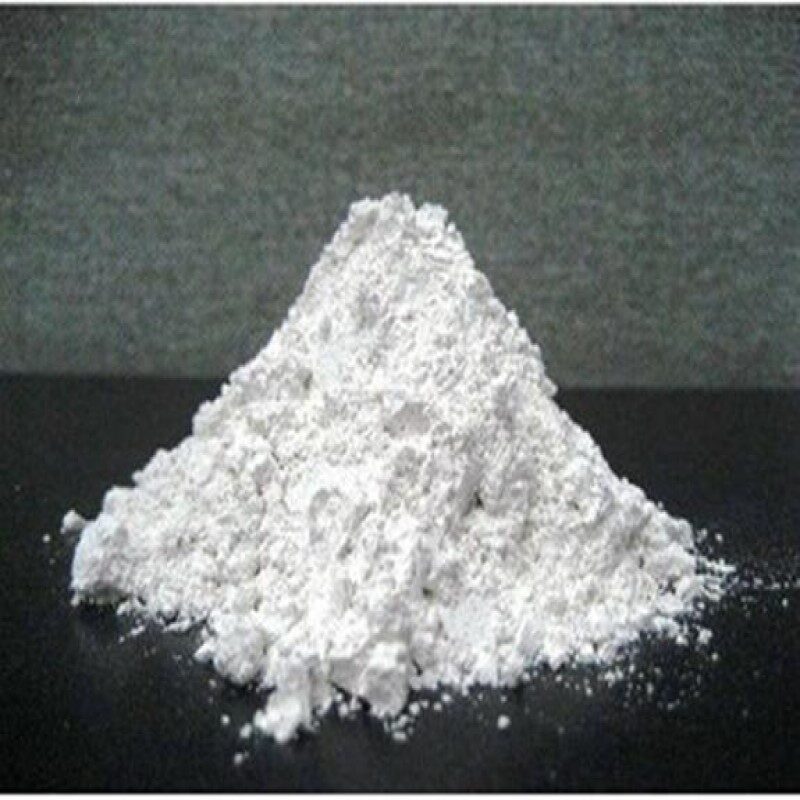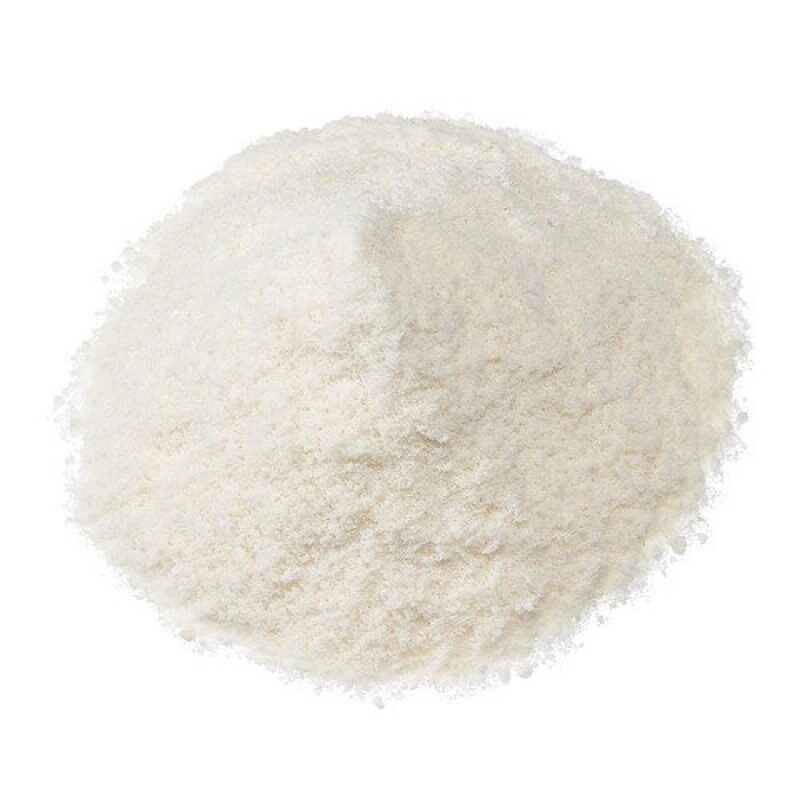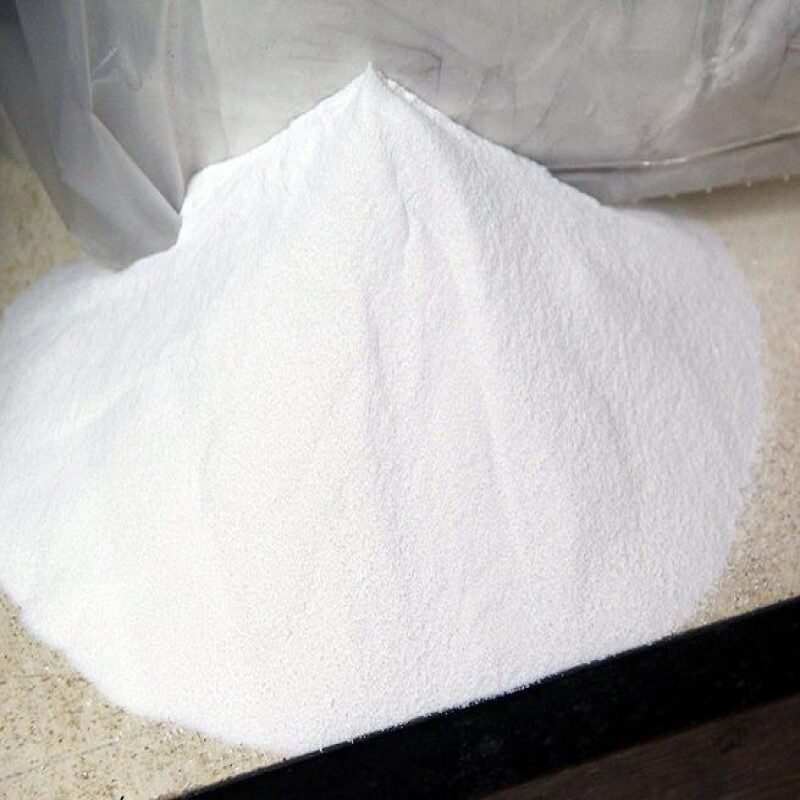Description
Remarks: The material complies as per above specifications.
Uses: Phosphorous is contained in all body cells and is used for growth and repair of cells and tissues. Potassium phosphate is used to treat or prevent hypophosphatemia (low blood levels of phosphorus). Dibasic Potassium phosphate is sometimes added to intravenous (IV) fluids given to people who cannot eat or drink anything.
Packing: 25 kg HDPE Bags/HDPE Drum
For AMIZARA SPECILITY CHEMICALS LLP
MSDS
Dipotassium Phosphate SDS, Potassium Phosphate Dibasic MSDS Sheet, Material Safety Data Sheet
Section 1:Chemical Product and Identification
| Product Name & Other Names |
Potassium phosphate dibasic or Dipotassium Phosphate or Dibasic Potassium Phosphate. |
| CAS No. |
7758-11-4 |
| EC Number |
231-834-5 |
| Molecular Weight |
174.18 |
| Chemical Formula |
K2HPO4 |
| Relevant uses and uses advised against (if any) |
Industrial Manufacturing. |
| Supplier |
As per the letterhead. |
SECTION 2 : Hazards Identification
GHS, Globally Harmonized System Classification in accordance with 29 CFR 1910 Classification according to Regulation (EC) No 1272/2008
| Not a hazardous substance or mixture according to Regulation |
(EC) No. 1272/2008. |
| This substance is not classified as dangerous according to Directive |
67/548/EEC. |
Labeling according Regulation (EC) No 1272/2008
| GHS Label Elements |
None |
| Signal Words |
None |
| Hazards not otherwise classified (HNOC) |
May causes mild skin irritation.
May causes mild eye irritation. |
Precautionary statements
| P261 |
Avoid breathing dust/ fume/ gas/ mist/ vapors/ spray. |
| P262 |
Do not get in eyes, on skin, or on clothing. |
| P281 |
Use personal protective equipment as required |
| P302+P352 |
IF ON SKIN: Wash with plenty of soap and water. |
| P304 + P340 – IF INHALED |
Remove victim to fresh air and keep at rest in a position comfortable for breathing. |
| P305 + P351 + P338 – IF IN EYES |
Rinse cautiously with water for several minutes.
Remove contact lenses, if present and easy to do. Continue rinsing. |
| P337+313 |
If eye irritation persists get medical advice/attention. |
Section 3: Composition / Information on Ingredients
| Product Name & Other Names |
Potassium phosphate dibasic or Dipotassium Phosphate or Dibasic Potassium Phosphate. |
| CAS No |
7758-11-4 |
| EC Number |
231-834-5 |
SECTION 4: First Aid Measures
| Eye Contact |
Check for and remove any contact lenses.
In case of contact with Di Potassium Phosphate, immediately flush eyes with plenty of water for at least 15 minutes.
Cold water may be used. Get medical attention. |
| Skin Contact |
Wash with soap and water. Cover the irritated skin with an emollient.
Get medical attention if irritation develops. Cold water may be used. |
| Serious Skin Contact |
Not available. |
| Inhalation |
If inhaled, remove to fresh air.
If not breathing, give artificial respiration.
If breathing is difficult, give oxygen. Get medical attention. |
| Serious Inhalation |
Not available. |
| Ingestion |
Do NOT induce vomiting unless directed to do so by medical personnel.
Never give anything by mouth to an unconscious person.
If large quantities are swallowed, call a physician immediately.
Loosen tight clothing such as a collar, tie, belt, or waistband. |
SECTION 5 : Fire and Explosion Data
| Flammability of the Product |
It is non-flammable. |
| Auto-Ignition Temperature |
Not applicable. |
| Flash Points |
Not applicable. |
| Products of Combustion |
Oxides of Potassium and Phosphorous. |
| Fire Fighting Media and Instructions |
Use extinguishing measures that are appropriate to local circumstances and the surrounding environment.
Wear self-contained breathing apparatus for firefighting if necessary. |
SECTION 6: Accidental Release Measures
Methods and materials used for containment Cleanup procedures and Storage
| Personal precautions, protective equipment and emergency procedures |
Ventilate area of leak or spill. Avoid breathing dust/fumes/gas/mist/vapors/spray.
Use individual protective equipment (waterproof boots, suitable protective clothing, safety glasses, etc.).
Restrict unprotected personnel from the area. Prevent any contact with hot surfaces.
Do not approach facing the wind. Do not touch the spilled material. |
| Environmental precautions |
Do not let the product enter drains, soil, or water sources. |
| Small Spill |
Use appropriate tools to put the spilled solid in a convenient waste disposal container.
Finish cleaning by spreading water on the contaminated surface and dispose of according to local and regional authority requirements. |
| Large Spill |
Contain spilled material. Cover with an inert, non-combustible absorbent material, (e.g. sand, earth, diatomaceous earth, vermiculite).
Vacuum or sweep-up and remove to an approved disposal container.
Finish cleaning by spreading water on the contaminated surface and allow to evacuate as per law. |
SECTION 7:Handling and Storage
| Precautions for safe handling |
Apply according to good manufacturing and industrial hygiene practices. Ensure proper ventilation.
In case of insufficient ventilation, wear suitable respiratory equipment. Wash thoroughly after handling.
Do not drink, eat, or smoke while handling. Avoid contact with skin, eyes, and clothing. Minimize dust generation.
Avoid breathing dust/fumes/gas/mist/vapors/spray. Avoid contact with eyes, skin, and clothing.
Keep container tightly closed. Avoid ingestion and inhalation. Use individual protective equipment (waterproof boots, suitable protective clothing, safety glasses, etc.).
Prevent any contact with hot surfaces. |
| Conditions for safe storage, including any incompatibilities |
Store in cool, dry, and ventilated area away from heat sources and
protected from sunlight in tightly closed original container. Keep air contact to a minimum.
Store protected from heat, sparks and ignition sources and incompatible materials. Avoid contact with skin and eyes.
Avoid inhalation of dust/mist/vapor. Do not store with incompatible materials like strong oxidizing agents. |
SECTION 8: Exposure Controls/Personal Protection
| Exposure Limits |
Not available. |
| Engineering Controls |
Use process enclosures, local exhaust ventilation, or other engineering controls to keep airborne levels below recommended exposure limits.
If user operations generate dust, fume, or mist, use ventilation to keep exposure to airborne contaminants below the exposure limit. |
| Ventilation System |
A system of local and/or general exhaust is recommended to keep employee exposures as low as possible.
Local exhaust ventilation is generally preferred because it can control the emissions of the contaminant at its source,
preventing dispersion of it into the general work area. |
| Personal Respirators (NIOSH Approved) |
For conditions of use where exposure to dust or mist is apparent and engineering controls are not feasible,
a particulate respirator may be worn. For emergencies or instances where the exposure levels are not known,
use a full-face positive-pressure, air-supplied respirator. |
| Skin Protection |
Wear protective gloves and clean body-covering clothing. |
| Eye Protection |
Use chemical safety goggles and/or full face shield where dusting
or splashing of solutions is possible. Maintain eye wash fountain and quick-drench facilities in work area. |
| Other Control Measures |
Maintain good housekeeping in work area.
Dust deposits on floors and other surfaces may pick up moisture and cause the surfaces to become slippery and present safety hazards.
Handle in accordance with good industrial hygiene and safety practice. Wash hands after handling. |
SECTION 9: Physical and Chemical Properties
| Appearance |
White crystalline solid. |
| Odor |
Odorless. |
| Odor threshold |
Not available. |
| pH(1% soln/water) |
8.8[Basic] |
| Relative density |
around 2.3 |
| Melting Point |
340C |
| Initial boiling point and boiling range |
Not available. |
| Flash point |
Not available. |
| Auto-ignition temperature |
Not available |
| Decomposition temperature: |
>465C (869F) |
| Upper/lower flammability or explosive limits |
Not available. |
| Vapor pressure |
Not available. |
| Vapor density |
Not available. |
| Evaporation rate |
Not available. |
| Flammability (solid, gas) |
Not available. |
| Partition coefficient:n-octanol/water |
Not available. |
| Solubility |
It is easily soluble in cold water, hot water. Slightly soluble in alcohol. |
| Viscosity |
Not available. |
| Molecular Weight |
174.18 |
| Chemical Formula |
K2HPO4 |
SECTION 10. Stability and Reactivity Data
| Stability |
It is stable under normal conditions of storage and packing. |
| Conditions of Instability |
Moisture, Incompatible materials. |
| HazardousPolymerization |
Will not occur. |
| Incompatibility with various substances |
Reactive with oxidizing agents. |
| Special Remarks on Reactivity |
It is hygroscopic. |
| Polymerization |
Will not occur. |
SECTION 11:Toxicological Information
Toxicity to Animals
| LD50 |
Not available. |
| LD50 |
Not available. |
| Carcinogenicity |
No component of this product present at levels greater than or equal to 0.1% is identified as possible or
confirmed human carcinogen by IARC, ACGIH, OSHA and NTP. |
| Mutagenic Effects |
Not available |
| Teratogenic Effects |
Not available. |
| Developmental Toxicity |
Not available. |
| Reproductive Effects |
No information available. |
SECTION 12. Ecological Information
| Toxicity Data |
Not available. |
| Products of Biodegradation |
Possibly hazardous short-term degradation products are not likely. However, long term degradation products may arise.
This substance/mixture contains no components considered to be either persistent, bioaccumulative and toxic (PBT), or very persistent and very bioaccumulative (vPvB)
at levels of 0.1% or higher. |
SECTION 13. Disposal Considerations
| Waste Disposal |
Waste must be disposed of in accordance with federal, state, and local environmental control regulations. |
SECTION 14. Transport Information
| DOT & ADR/RID: |
Not regulated. |
| IMDG |
Not regulated. |
| IATA |
Not regulated. |
SECTION 15. Other Regulatory Information
USA
| SARA 311/312 |
No SARA hazards. See section 2. |
SECTION 16:Other Information
Disclaimer:
Our company provides this Di Potassium Phosphate Dibasic Dipotassium Phosphate SDS information sheet contained herein in good faith but makes no representation as to its comprehensiveness or accuracy. This Dipotassium Phosphate Dibasic Potassium Phosphate MSDS sheet is intended only as a guide to the appropriate precautionary handling of the material by a properly trained person using this product. Individuals receiving the information must exercise their independent judgment in determining its appropriateness for a particular purpose.




